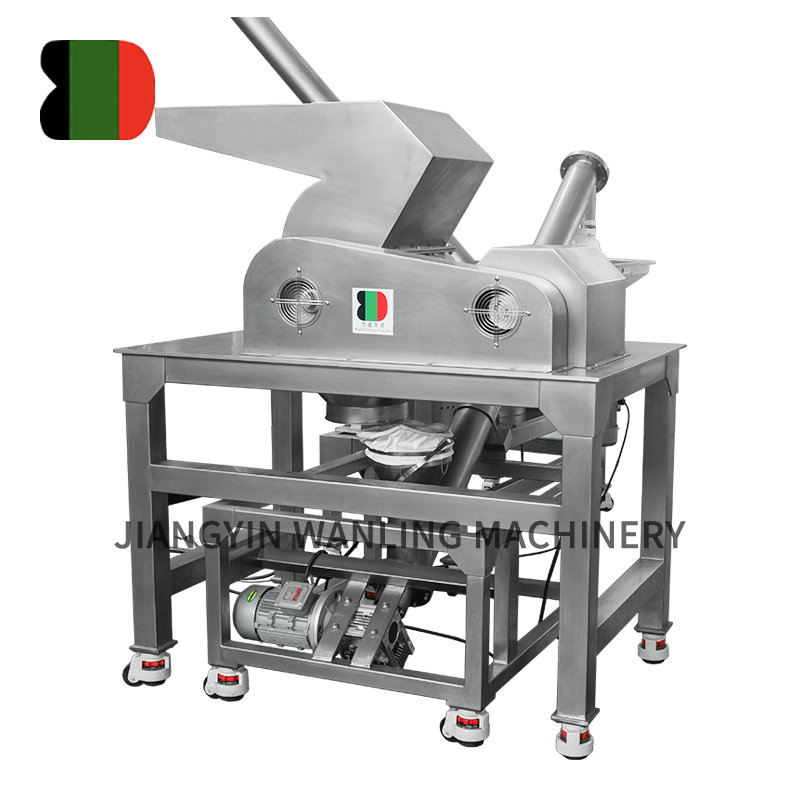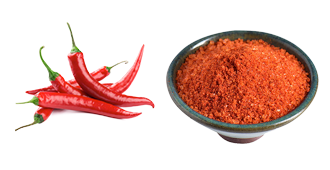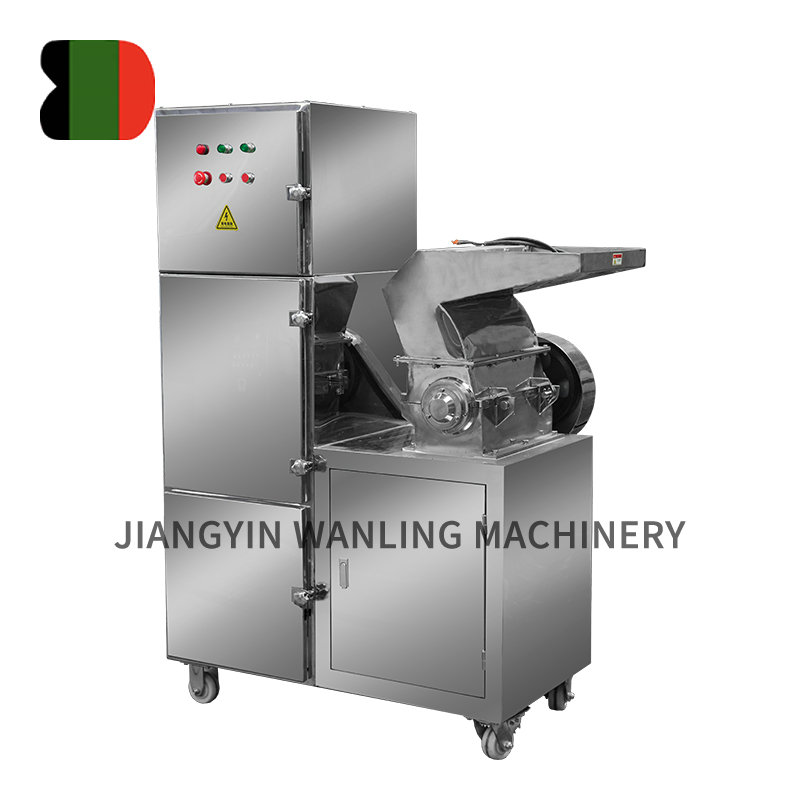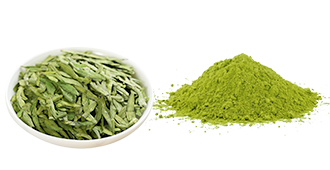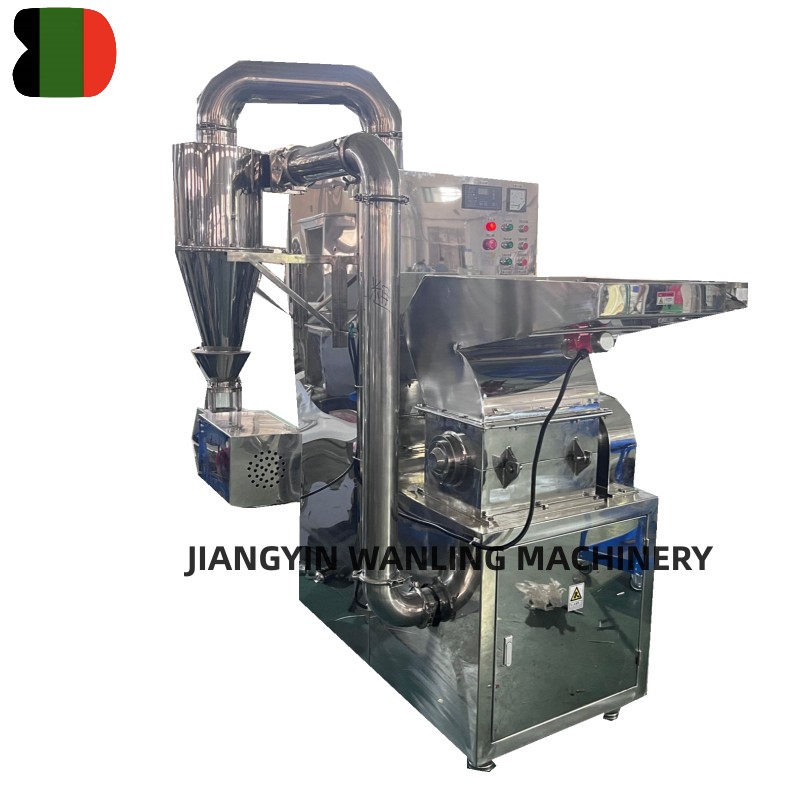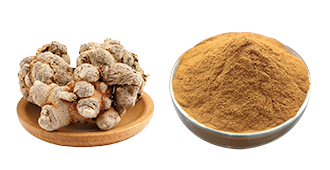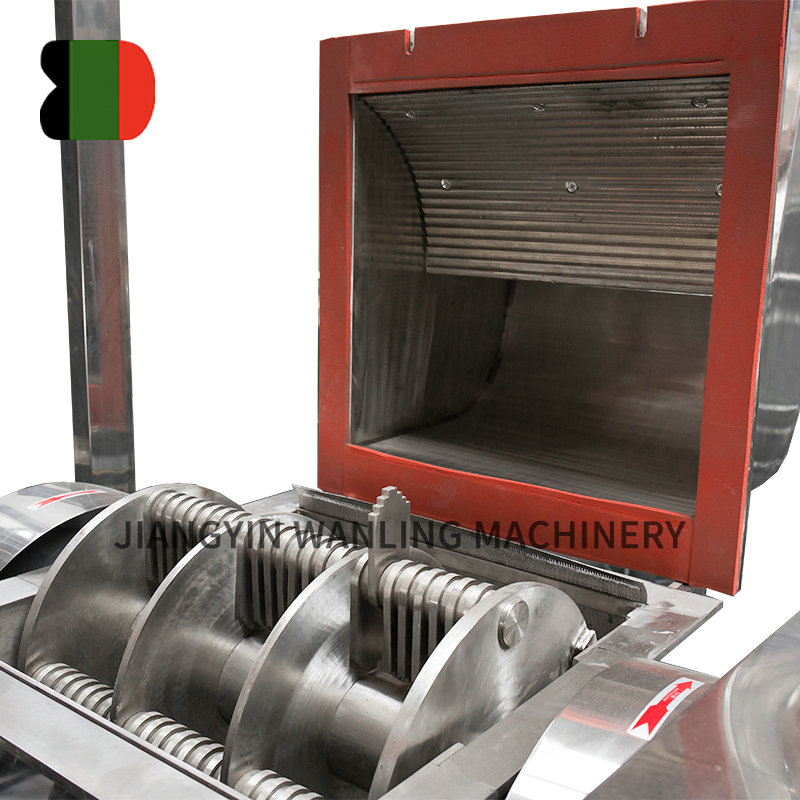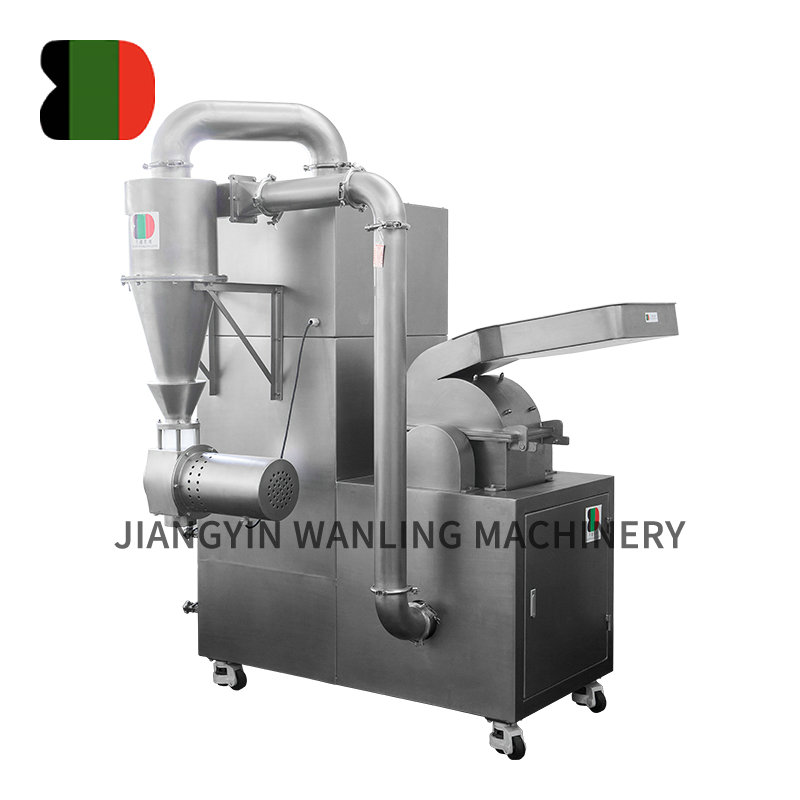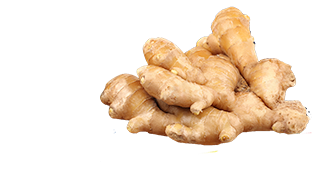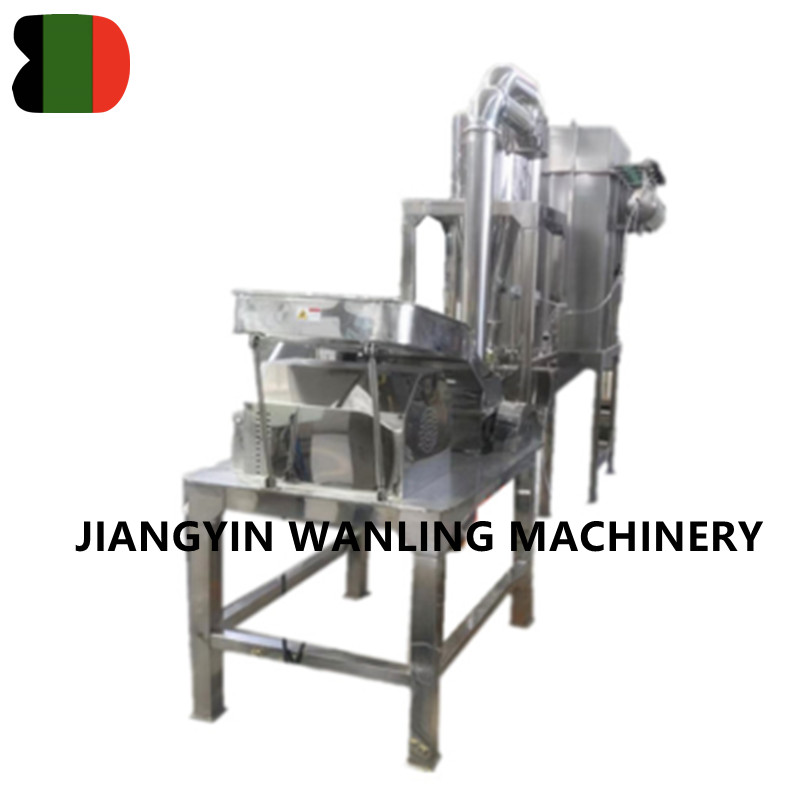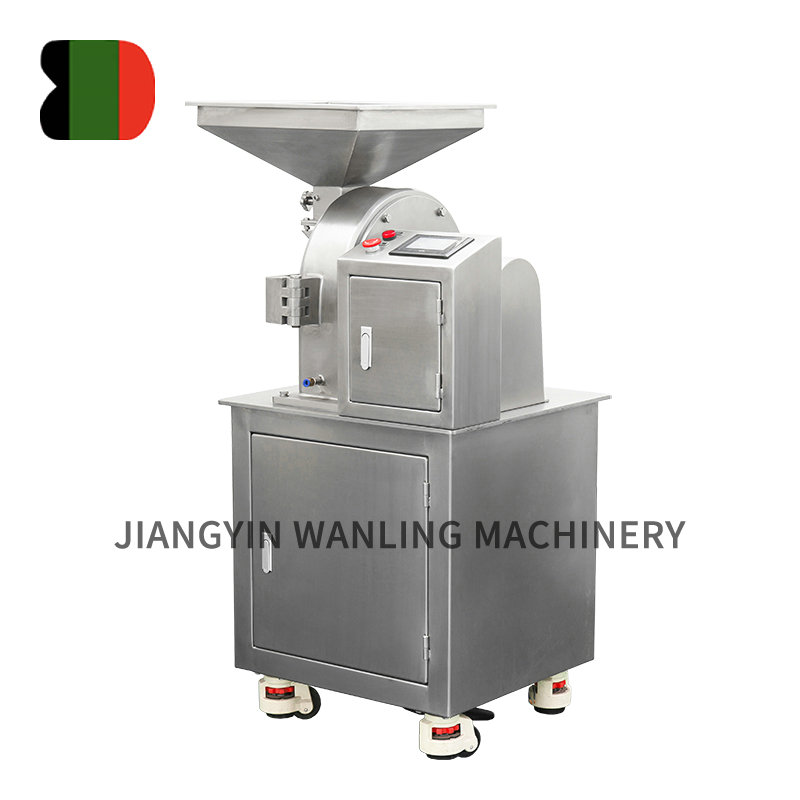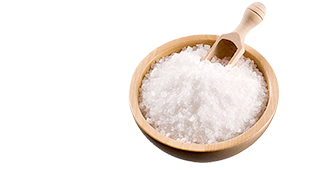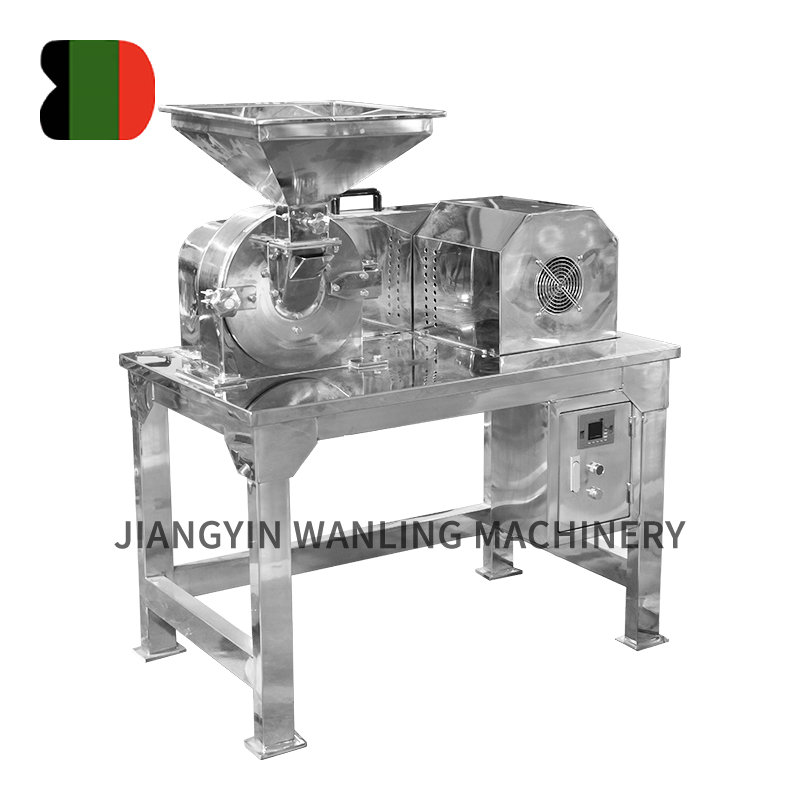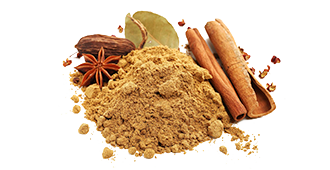1. What a Horizontal Ribbon Mixer Is and Where It’s Used
A horizontal ribbon mixer is an industrial mixing machine designed for homogeneous blending of powders, granules, and lightly pasty materials. It uses a double-helix ribbon agitator (inner and outer ribbons) rotating inside a U-shaped trough to move material axially and radially, producing fast, uniform mixing. Industries that commonly use horizontal ribbon mixers include food, chemical, pharmaceutical, plastic compounding, feed, and building materials.
2. Basic Working Principle and Ribbon Design
2.1 Double-Ribbon Flow Dynamics
The outer ribbon moves material toward the ends of the trough while the inner ribbon moves material back to the center. This opposing flow creates repeated folding and axial circulation, accelerating homogenization. Ribbon pitch, thickness, and clearance to the trough wall are tuned for material characteristics and mixing speed.
2.2 Key Geometric Parameters
Important geometric features include ribbon overlap, radial clearance (commonly 3–8 mm), trough depth, and shaft diameter. Proper clearances minimize dead zones and reduce the risk of material stagnation or ribbon-to-trough contact under load.
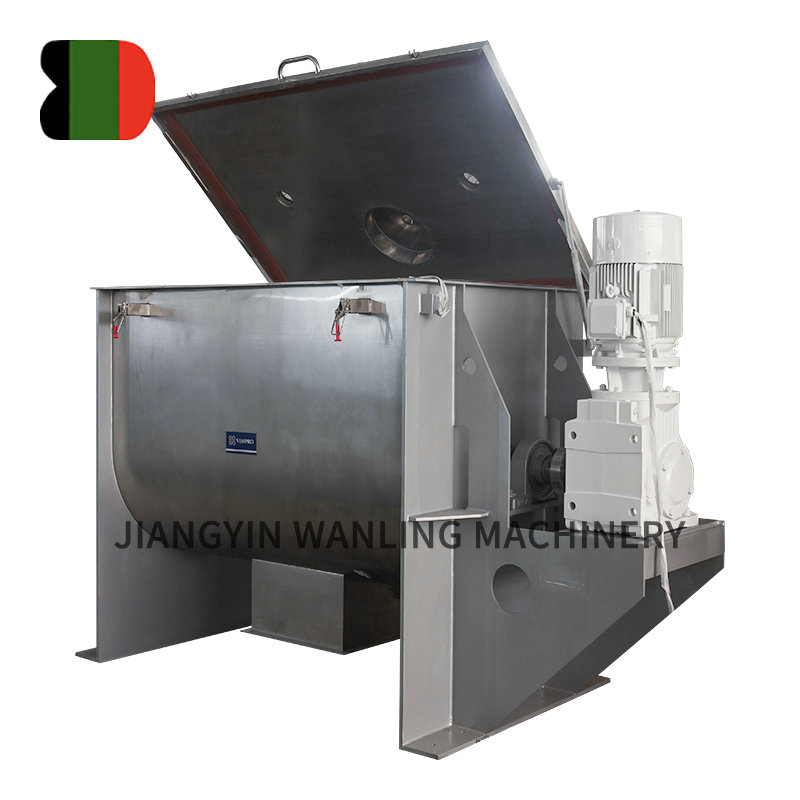
3. Typical Specifications and Performance Ranges
| Parameter | Typical Range |
| Batch capacity | 50 L – 50,000 L |
| Mixing time | 3 – 10 minutes (typical) |
| Filling factor | 30% – 70% of trough volume |
| Motor power | 0.75 kW – 75 kW depending on capacity & material |
4. Common Variants and Add-On Options
4.1 Standard Double-Ribbon Mixer
The classic configuration for dry blending; offers fast, uniform mixing for free-flowing powders and granules.
4.2 Ribbon Mixer with Scrapers or Cutters
External or internal scrapers prevent material build-up on the trough wall and are useful for sticky or cohesive powders and light pastes.
4.3 Vacuum and Nitrogen Purge Versions
Vacuum-tight models are used for dust control, low-oxygen processing or when removing entrapped air from powders; nitrogen purge prevents oxidation for sensitive materials.
4.4 Heating/Cooling Jackets
Jackets or internal coils allow temperature control during mixing—essential for temperature-sensitive formulations or phase-change ingredients.
5. How to Choose the Right Horizontal Ribbon Mixer
Selecting the correct mixer requires matching machine features to the product’s physical properties and the production process. Consider capacity, bulk density, particle size and distribution, required mixing time, contamination limits, and cleaning frequency.
- Batch size and throughput targets—choose a trough volume that keeps the filling factor within 30–70%.
- Material behavior—sticky or hygroscopic powders need scrapers and smooth surfaces (e.g., 316L stainless steel).
- Hygiene and compliance—pharmaceutical or food use requires validated cleanability and GMP-compliant finishes.
- Temperature control—select a jacketed model if heating or cooling during mixing is necessary.
- Dust and emissions—use a vacuum or enclosed discharge to control dust for fine powders.
6. Installation, Foundation and Drive Considerations
Horizontal ribbon mixers are heavy, rotating equipment that require a flat, rigid foundation to avoid shaft misalignment and bearing stress. Mounting options include a steel skid or concrete base anchored with vibration-damping pads where needed. The drive system typically uses a gearbox with direct-coupled motor; larger units often include soft-start VFD control for gentle ramp-up and torque control.
7. Operation Best Practices for Consistent Results
- Load sequence: add coarse or heavier ingredients first, then powders, and liquids last to reduce agglomeration.
- Use proper pre-blending for ingredients with very different bulk densities to speed homogenization.
- Avoid overfilling—exceeding recommended filling factor increases mixing time and reduces effectiveness.
- Adjust mixing time and speed based on sample testing rather than fixed recipes for best uniformity.
<h2 style="font-size:22px;font-weight:bold;text-al



 Español
Español